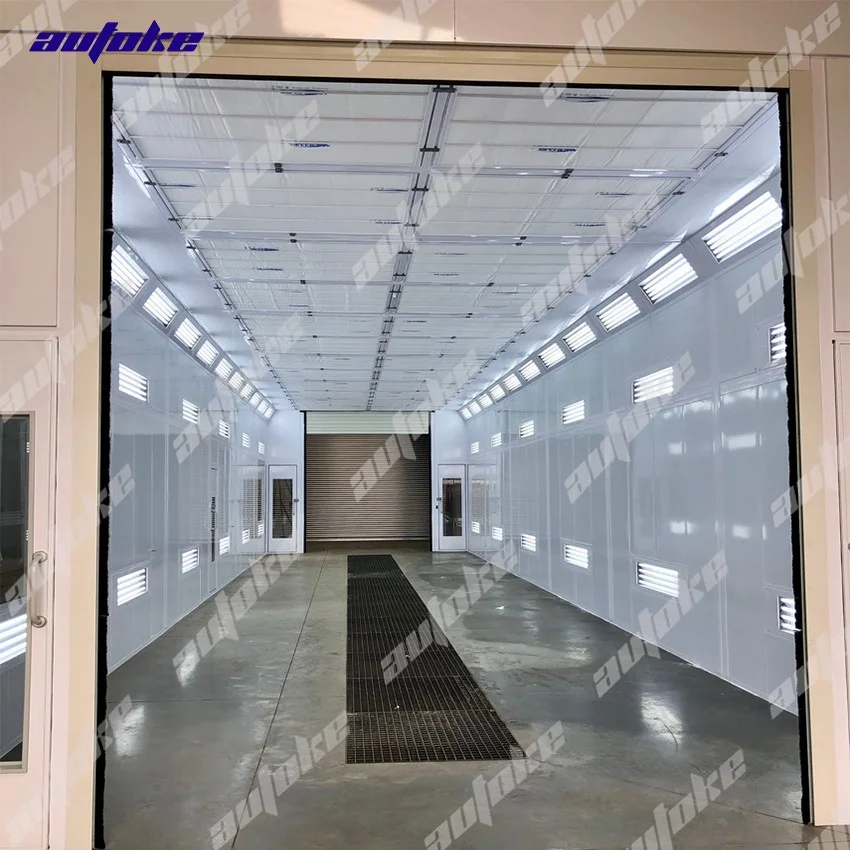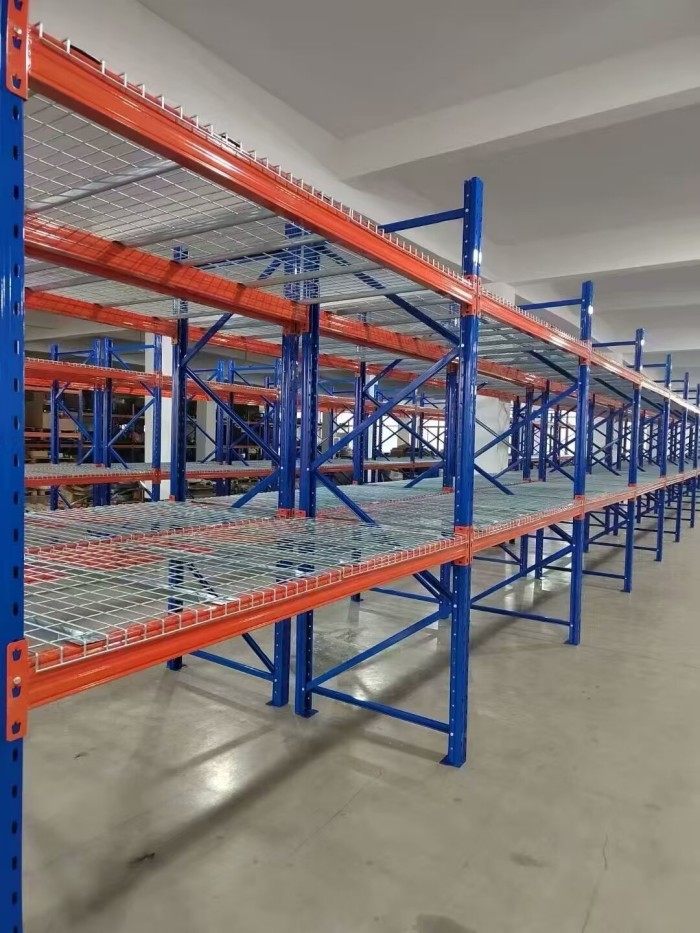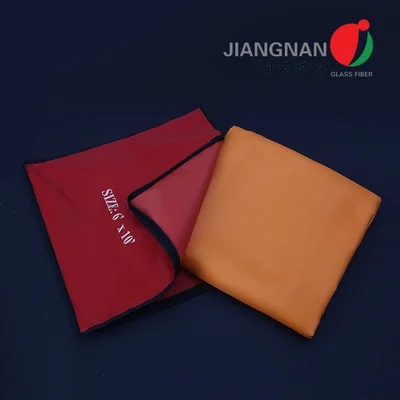In the realm of construction, manufacturing, and product design, thermal insulation plays a pivotal role in enhancing energy efficiency and maintaining comfortable environments. As industries increasingly seek sustainable solutions, the choice of materials becomes paramount. Among various options, plastics have emerged as a versatile and effective choice for thermal insulation. This article delves into the best plastics for thermal insulation, exploring their properties, applications, and advantages.
Understanding Thermal Insulation
Before diving into specific materials, it’s essential to understand what thermal insulation entails. Thermal insulation refers to the ability of a material to resist heat transfer. This property is crucial in applications ranging from building construction to packaging and automotive industries. Effective thermal insulation minimizes energy loss, reduces heating and cooling costs, and enhances overall comfort.
Key Properties of Insulating Plastics
When evaluating plastics for thermal insulation, several key properties should be considered:
- Thermal Conductivity: This is the primary measure of a material's ability to conduct heat. Lower thermal conductivity values indicate better insulating properties.
- Density: The density of a material can influence its insulating performance. Generally, lower-density materials provide better insulation due to the increased air pockets that inhibit heat transfer.
- Moisture Resistance: Insulating materials should resist moisture absorption, as water can significantly reduce thermal performance.
- Durability and Stability: Insulating plastics must withstand environmental factors such as temperature fluctuations, UV exposure, and chemical interactions without degrading.
- Cost-Effectiveness: The economic aspect is crucial for large-scale applications. The best insulating plastic should provide a balance between performance and cost.
Top Plastics for Thermal Insulation
- Polyurethane Foam (PU)
Polyurethane foam is one of the most effective insulating materials available. With a thermal conductivity ranging from 0.020 to 0.025 W/m·K, it offers superior insulation properties. Its lightweight nature and excellent moisture resistance make it ideal for applications in building insulation, refrigeration, and HVAC systems. Additionally, PU foam can be easily molded into various shapes, enhancing its versatility.
- Polystyrene (PS)
Polystyrene, available in both expanded (EPS) and extruded (XPS) forms, is another popular choice for thermal insulation. EPS has a thermal conductivity of about 0.035 W/m·K, while XPS can achieve values as low as 0.030 W/m·K. Both forms are lightweight, moisture-resistant, and cost-effective, making them suitable for insulation in walls, roofs, and floors.
- Polyethylene (PE)
Polyethylene, particularly in its closed-cell foam form, is known for its excellent thermal insulation properties, with thermal conductivity around 0.030 to 0.040 W/m·K. It is also resistant to moisture and chemicals, making it suitable for applications in plumbing and HVAC systems. Its flexibility and durability further enhance its usability in various environments.
- Polyvinyl Chloride (PVC)
PVC is often overlooked as an insulating material, but its thermal conductivity ranges from 0.14 to 0.25 W/m·K, making it a viable option for specific applications. Its durability and resistance to moisture and chemicals make it suitable for insulation in pipes and electrical applications. Moreover, PVC is cost-effective and widely available.
- Phenolic Foam
Phenolic foam is known for its low thermal conductivity, typically around 0.020 to 0.025 W/m·K. It offers excellent fire resistance and low smoke emissions, making it ideal for applications in industrial insulation, refrigeration, and construction. Its rigid structure provides durability and stability, ensuring long-term performance.
Applications of Insulating Plastics
The applications of these insulating plastics are vast and varied. In the construction industry, they are used in walls, roofs, and floors to enhance energy efficiency. In the automotive sector, insulating plastics help maintain optimal temperatures within vehicles, improving comfort and fuel efficiency. Additionally, in the packaging industry, these materials are crucial for protecting temperature-sensitive products during transportation.
Conclusion
Choosing the best plastic for thermal insulation involves a careful consideration of various factors, including thermal conductivity, moisture resistance, and cost-effectiveness. Polyurethane foam, polystyrene, polyethylene, PVC, and phenolic foam each offer unique advantages that cater to different applications. As industries continue to prioritize energy efficiency and sustainability, the role of insulating plastics will only grow in importance. By understanding the properties and applications of these materials, professionals can make informed decisions that enhance performance and reduce environmental impact.



